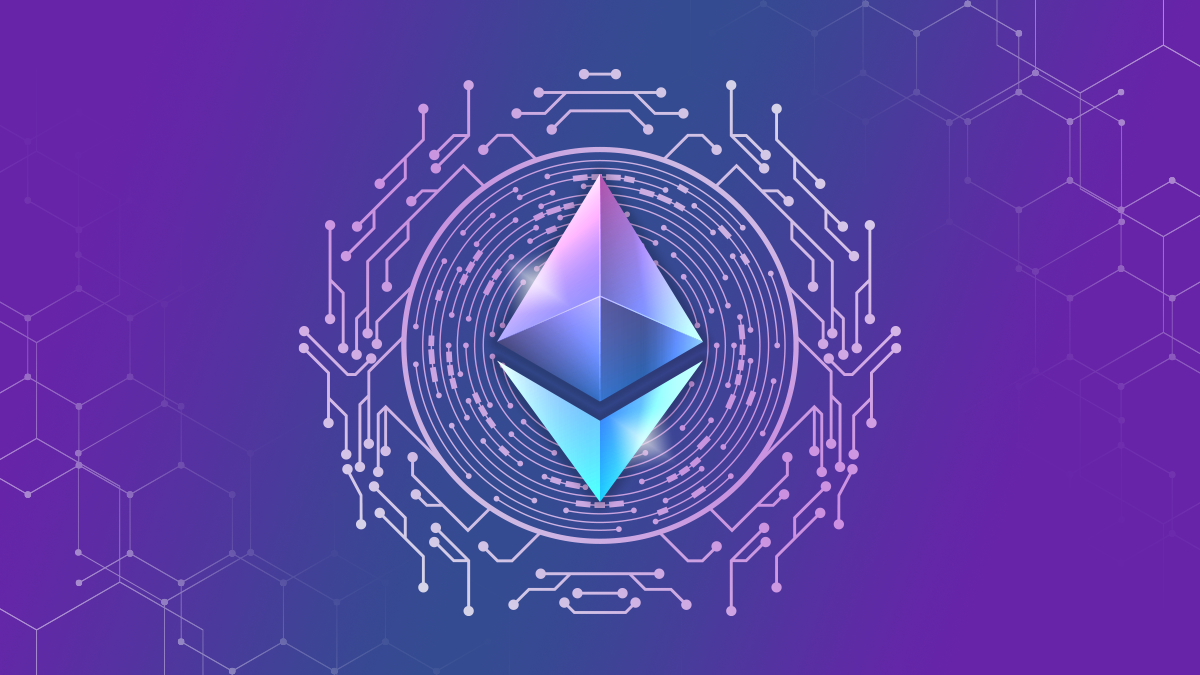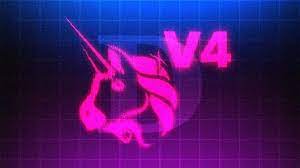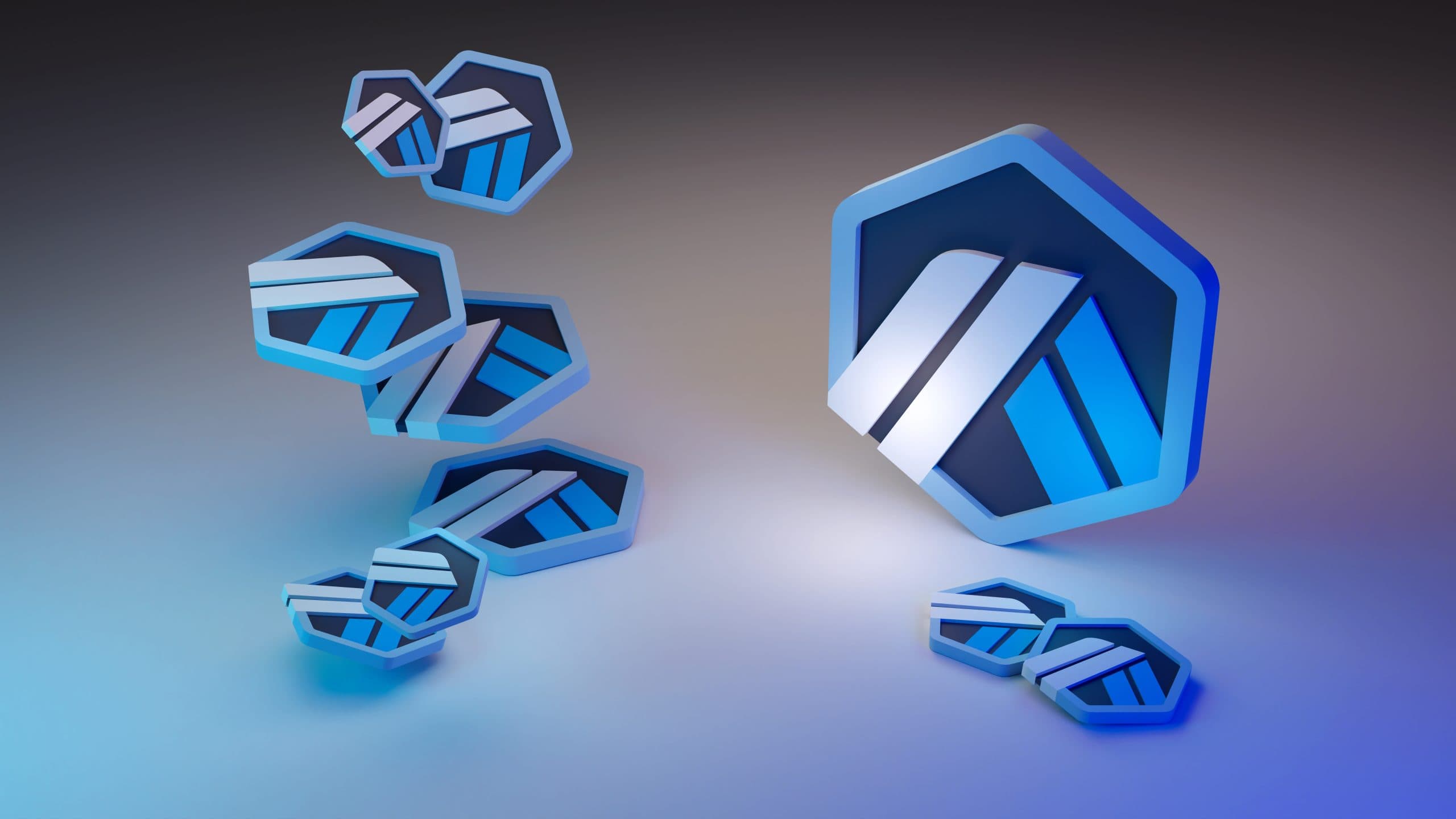Rollup as a Service: A new era of blockchain scalability, the next modular battlefield
Rollup as a Service: A new era of blockchain scalability.Author | [email protected]
As the Ethereum ecosystem grows, the shortcomings of single-blockchain become more and more obvious. On-chain congestion, high transaction costs, and the inability to customize are gradually exposed. To solve these performance limitations, various scaling solutions have emerged.
Currently, Ethereum’s scaling solutions are divided into on-chain scaling and off-chain scaling. On-chain scaling means improving the performance of the blockchain itself and improving the scalability of Ethereum through modification. Off-chain scaling is separated from the first layer of the mainnet and achieves higher scalability without changing the existing Ethereum protocol. Currently, on-chain scaling only has the sharding solution, while off-chain scaling has many solutions, but the Rollup solution is currently mainly used.
The essence of Rollup is a modular scaling solution that separates the execution layer from the single blockchain. It transfers the operation to the chain below, and then transfers the execution result from the chain below to the chain for verification, thus improving network performance while inheriting Ethereum’s security. In this process, a new track-Rollup as a Service (RaaS) gradually emerges. RaaS deploys Rollups as a service, providing customizable Rollups, and providing more convenient and flexible services for developers to build Rollups.
- Layer1 blockchain Sharduem completes $5.4 million financing, with a valuation of $248 million.
- Co-Chairman of the Hong Kong Blockchain Association, Fang Hongjin: The Hong Kong government should not issue a Hong Kong dollar stablecoin.
- Blockchain startup Web3Go completes $4 million seed round financing, led by Binance Labs.
This article will introduce what is RaaS, sort out RaaS-related projects, and analyze the opportunities and challenges of RaaS.
What is RaaS
Before understanding RaaS, let’s briefly introduce the Rollup technology principle. It is a technology that packages a large amount of transaction information into a single transaction for processing. It can increase transaction throughput and reduce transaction costs on the Ethereum network, while increasing the decentralization of the network. Ethereum’s scaling demand has spurred the development of Rollup, and also distinguishes between general Rollup and specific application Rollup. General Rollups, such as Arbitrum and Optimism, allow the deployment of dapp ecology on their chains, but rely on the settlement layer, data availability layer, and consensus layer of Layer1. Specific application Rollups, such as Loo.it, Pring, and dydx, are single applications deployed as rollups on the blockchain, without separate validator sets and lower consumption. Therefore, whether it is single-chain development or specific application development, there is a high demand for Rollup tools, which slowly leads to the RaaS market.
In short, Rollup as a Service (RaaS) is a product for launching customized Rollups for new applications. Similar to software-as-a-service (SaaS) products, users do not need to maintain or host any part of the service product, so there is no need for complex software and hardware management. With RaaS, developers can get an SDK or dashboard to launch a summary for a specific application. Developers do not have to worry about finding nodes to operate the summary, nor do they have to worry about building or maintaining any code, as it will provide tools and services to deploy Rollup products. This product provides strong anti-censorship capabilities, implements secure transaction processing, and ensures the sustainable operation of the blockchain network.There are currently three types of RaaS projects on the market: SDK, no-code solutions, and shared sorters.The SDK solution provides developers with a complete set of general-purpose software development kits, making it as easy to deploy Rollups as it is to deploy smart contracts. Representative products include OP Stack, Rollkit, Sovereign SDK, etc.These SDK projects provide user-friendly and easy-to-use solutions, simplify Rollup deployment, and make the RaaS market increasingly mature.
No-Code Solutions
No-code solutions provide developers with tools and resources to easily and efficiently deploy scalable Rollups without the need for coding. Representative products include AltLayer, Eclipse, and Caldera.
- AltLayer: An extension layer built on Optimistic Rollups that can connect to Layer1 such as Ethereum, as well as Layer2 such as Arbitrum and Optimism. AltLayer supports multi-chain and multi-VM, and defaults to EVM and WASM. Therefore, AltLayer is not bound to a single Layer1 or Layer2, but can be used as a modular and plug-and-play extension solution for all EVM and WASM compatible chains.
- Eclipse: A sovereignty Rollup based on the Cosmos ecosystem that provides developers with a customizable Rollup framework. As the infrastructure of modular blockchains, it can provide a general settlement layer solution for any public chain. It aims to be a universal Layer2 platform compatible with multiple Layer1 blockchains. Currently, Eclipse supports Ethereum Virtual Machine and Solana Virtual Machine.
- Caldera: A customizable Rollup framework based on Optimistic Rollups that focuses on building high-performance, customizable, and application-specific Layer1 blockchains. These customized blockchains provide high throughput, low latency, and customizable features to optimize the performance and user experience of decentralized applications. Caldera Chains can choose any EVM-compatible chain.
The No-Code Solutions RaaS project provides easy, efficient, and user-friendly solutions to deploy Rollups, each with specific features (such as multi-chain and virtual machines) to meet specific needs. The development of no-code solutions also helps to promote Rollup technology.
Shared Sequencer
Sequencers are an essential component in Layer2 architecture, allowing Layer2 to operate efficiently by collecting user transactions from many Rollups off-chain and submitting them as a single transaction on the main chain Layer1. Shared Sequencer is essentially a set of Rollup-compatible sequencers that can serve different Rollups. Currently, all Layer2 Rollups on Ethereum use centralized sequencers, but some RaaS projects are developing decentralized sequencers, including Dymension and Espresso.
- Dymension: A sovereignty Rollup built on Cosmos, a modular blockchain project that simplifies the deployment of RollApps through the Dymension Chain (settlement layer), RDK (RollApp development toolkit), and IRC (Rollup inter-communication). RollApp is a Rollup specific to applications, and the security and agreed-upon application state of RollApp are maintained by the Dymension settlement layer, which requires RollApp sequencers to pledge DYM tokens to participate as part of the ecosystem.
- Espresso: Espresso Sequencer supports decentralized Layer2. It handles decentralized sequencing and data availability of Rollup transactions, acting as middleware between the aggregator and its underlying Layer1 platform. Espresso Sequencer is designed as a platform that can deploy any zk-VM or optimistic VM. Ultimately, Espresso can also serve as an interoperability layer by replicating zk-VM and optimistic VM simultaneously to multiple Layer1s.
Decentralized sorter nodes can handle multiple Rollup programs simultaneously and use tokens as incentives. Sorting transactions on different chains and creating blocks also makes cross-chain Rollups more secure.
Advantages and Challenges of RaaS
Multi-chain and multi-Rollup is a major trend in the future of the crypto industry. As more and more projects emerge, they will also look for public chains that can provide higher performance, lower costs, and even customized services. The development of RaaS lays the foundation for this.
First of all, from the perspective of customization. RaaS modularizes Rollups, allowing developers to build and use Rollup-based applications more flexibly to meet specific business needs and bring more innovation to the entire ecosystem.
Secondly, from the perspective of performance, as a Layer 2 solution, Rollup technology itself can improve the throughput and reduce the cost of the Ethereum network. RaaS can maximize the security of deploying applications while reducing costs.
Finally, from the perspective of business models, the development prospects of RaaS are very broad. As the number of on-chain applications continues to grow, the congestion problem of the Ethereum main network will become more serious, and the demand for RaaS will also increase.
Of course, Rollup itself has developed relatively slowly under the technical conditions, and the RaaS track is in its early stages. For example, security, centralization, bridging vulnerabilities, and liquidity fragmentation issues, but with the advancement of technology, Rollup is also constantly improving, and the key is whether the project can land and be implemented in the future. With the help of RaaS, Rollup is also developing, achieving a big outbreak of the track and ecosystem.
References
“Rollup as a Service: Coinbase’s 2nd Layer Layout and Innovation of the RaaS Track”
“Foresight Ventures: What is RaaS? What kind of RaaS will win the market”
“Rollup as a Service (RaaS) Opportunities: From multi-chain to multi-rollup Rollups-as-a-Service: A new era of scalability”
We will continue to update Blocking; if you have any questions or suggestions, please contact us!
Was this article helpful?
93 out of 132 found this helpful
Related articles
- 9 Important European Cryptography Regulations to Pay Attention to Besides MiCA
- Review of Web3 Blockchain Security Situation and Anti-Money Laundering Analysis in the First Half of 2023, and Summary of Key Regulatory Policies in the Cryptocurrency Industry
- US SEC: How to Use Howey Test to Determine Whether a Cryptocurrency is a Security?
- Viewpoint | BITKRAFT Ventures: How Can Blockchain Games Attract Users?
- Evening Read | Cosmos’ Threat to Traditional Blockchain
- Ethereum EIP Review: How Does the Ethereum Community Conduct Open Governance?
- Exploring Interoperability of Modular Blockchain: What Are the Solutions?






